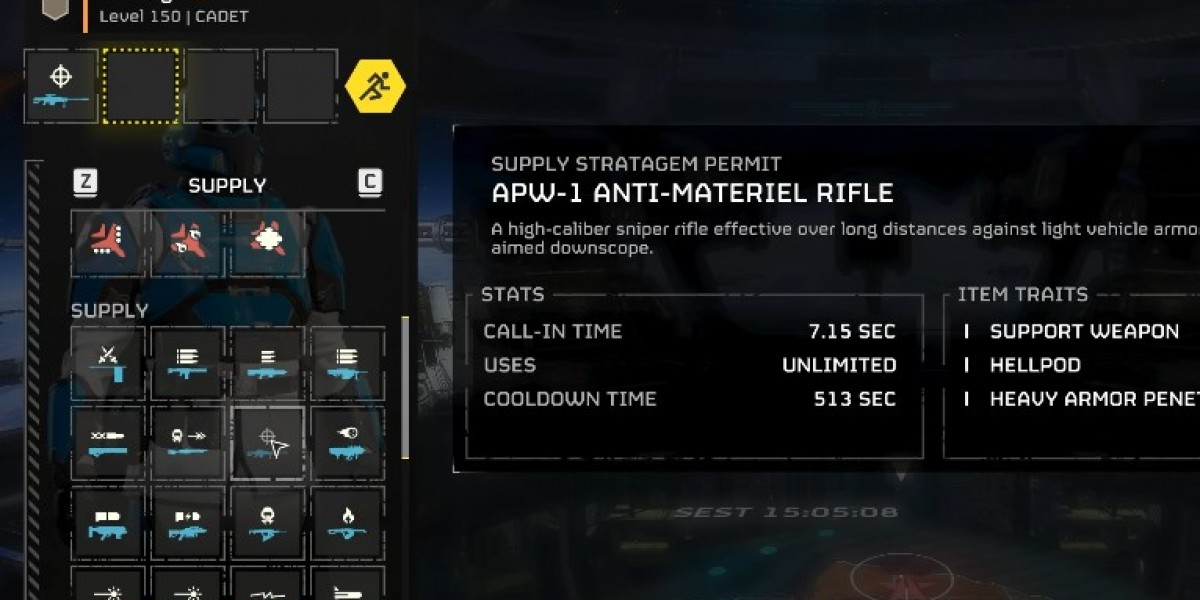Flutter’s Expansion to Web and Desktop Platforms
When people first hear about Flutter, they often think of it as something made just for mobile apps. It started as a toolkit for building beautiful Android and iOS applications using one shared codebase. But over time, Flutter has grown into something much bigger. It is no longer limited to phones and tablets. Today, Flutter has stepped into the world of web and desktop development, opening new doors for businesses and developers who want to create apps that work everywhere.
Flutter’s rise from a mobile toolkit to a complete cross-platform solution is an exciting story. It has become one of the most flexible frameworks available, allowing people to build apps for phones, computers, and browsers without starting from scratch each time. What makes Flutter special is its ability to maintain consistent design, smooth performance, and a single code structure across all platforms. It saves time, reduces cost, and ensures that users enjoy the same experience no matter what device they are using.
The Journey of Flutter from Mobile to Everywhere
Flutter began its journey as a solution for developers who wanted to build mobile apps quickly and beautifully. The goal was simple. Make one app that runs perfectly on both Android and iOS. Developers loved this idea because it saved them from writing two separate codes. Over time, as the community around Flutter grew, people started asking for more. They wanted to use the same simplicity and power for web and desktop applications.
Google listened and worked to make it possible. Today, Flutter supports the web, Windows, macOS, and Linux. This means a developer can create a single app that runs on all these platforms without rewriting the entire code. The same user interface, the same logic, and the same animations can appear on mobile, browser, and computer screens. It’s like giving your app the power to live in multiple worlds at once.
Flutter’s rendering engine, Skia, plays a big role in this. It ensures that the visuals look sharp and the performance stays smooth, no matter where the app is running. Whether it’s a shopping app, a booking system, or a social platform, Flutter delivers the same level of polish and consistency across all platforms.
The Rise of Web Development in Flutter
Web development has always been a huge part of the digital world. For years, websites and web apps have been the backbone of online interaction. Flutter brings a fresh approach to this space. Instead of using traditional web technologies separately, Flutter allows developers to use one codebase to create both mobile and web experiences.
Flutter for the web works by compiling code into JavaScript, which runs directly in browsers. This means your Flutter app can load in Chrome, Safari, Edge, or Firefox just like a regular website. The real magic is in how it looks and feels. Because Flutter uses its own rendering system, the app design stays consistent across all browsers. The fonts, colors, and animations remain exactly as they were designed.
Businesses find this especially useful because it allows them to reach users everywhere. For example, a company that already has a Flutter mobile app can easily turn it into a web app. This saves months of extra work and keeps the brand design unified. Flutter also supports progressive web apps, meaning that a website built with Flutter can behave like a mobile app, complete with offline access and home screen icons.
Flutter on Desktop: A New Frontier
Desktop computing may feel old compared to mobile, but it’s still very important. People still use laptops and desktops every day for work, gaming, and creativity. Flutter’s entry into the desktop world gives developers the chance to bring their mobile experiences to larger screens.
Flutter for desktop supports Windows, macOS, and Linux. This means an app can be downloaded and used like any other software on a computer. Developers can design full-scale applications with advanced input controls like keyboard shortcuts, resizing windows, and file management systems. It’s perfect for tools, dashboards, and productivity apps that need a bigger interface.
The best part is that developers can use the same tools they already know from Flutter mobile projects. The layout system, the widgets, and the design patterns all work the same way. That makes it easier for teams to expand their apps to desktop without needing to learn an entirely new framework.
Flutter App Development has evolved into a complete cross-platform experience. It allows businesses to stay connected with their users through any device they prefer. A user can start using the app on a phone, continue on a computer, and even open it in a web browser without losing data or experience quality. This type of seamless experience is what modern users expect, and Flutter makes it possible.
The Benefits of One Unified Framework
Using Flutter for all platforms has many advantages. The biggest one is the single codebase. Instead of maintaining separate projects for mobile, web, and desktop, developers can manage everything from one place. This saves not only development time but also maintenance effort. Any update or feature added to one platform can automatically be shared with the others.
Flutter also provides consistency. When you use it to build apps for different platforms, you don’t have to worry about differences in design or behavior. The app will look and perform the same everywhere. This helps companies build a stronger brand image and gives users a sense of familiarity.
Another benefit is the cost-effectiveness. Businesses don’t need large teams to build separate apps for each platform. A single Flutter team can handle it all, which reduces expenses and helps launch products faster. The performance of Flutter apps also remains top-notch because it compiles to native code, meaning the app runs smoothly even with heavy graphics or animations.
The Future of Flutter Across All Devices
Flutter’s future looks very bright. It’s growing rapidly, with more developers joining the community every day. Google continues to improve its features, making it easier to build for multiple platforms. The idea of having one framework that can power everything from phones to computers is becoming more realistic and more efficient.
As more businesses move toward digital solutions, Flutter is likely to play an even bigger role. Whether it’s for startups that want to reach users faster or large companies that want to maintain design consistency, Flutter provides the ideal balance of power and simplicity.
Developers are also exploring Flutter’s use in embedded systems, smart TVs, and even cars. This shows how flexible the framework really is. It’s not limited to one area of technology but keeps expanding to wherever users are.
A New Chapter for App Development
Flutter’s journey from mobile to web and desktop excellence marks a major shift in how we think about building apps. It’s about creating a world where one app can exist everywhere, look amazing, and perform flawlessly. This unified approach saves time, builds stronger connections with users, and helps businesses stay ahead of trends.
Flutter has already proven its strength in mobile, and now it’s setting new standards in web and desktop development. It gives developers the creative freedom to design once and deliver everywhere. That is what makes Flutter not just a tool, but a movement toward a more connected and accessible digital experience.







